A rendering of Canadian Nuclear Laboratories’ proposed Near Surface Disposal Facility. (Image: CNL)
Canadian Nuclear Laboratories (CNL) is asking its stakeholders (members of the public, industry, elected officials, and employees) to support a proposal to construct the Near Surface Disposal Facility (NSDF) to dispose of legacy radioactive waste at the Chalk River Laboratories in Ontario.
The Moab cleanup site in Utah in 2018. (Photo: DOE)
The Department of Energy’s Office of Environmental Management (DOE-EM) has awarded a cleanup contract to North Wind Portage, Inc. for completion of environmental remediation of a uranium ore processing site near Moab, Utah. North Wind Portage is located in Idaho Falls, Idaho.
More information about the Moab project is available here.
An SRNS subcontractor technician takes radiological readings of soil near Lower Three Runs, part of a major project to complete the cleanup of a contaminated 25-mile-long stream corridor at SRS. (Photo: DOE) (CLICK TO SEE FULL PHOTO)
Savannah River Nuclear Solutions (SRNS), the Department of Energy’s management and operating contractor for the Savannah River Site in South Carolina, has reached an agreement with the state of South Carolina and federal environmental regulators on the final cleanup of a 25-mile-long stream corridor at the site that was radiologically contaminated as a result of operations during the Cold War.
The corridor consists of Par Pond, nine miles of canals adjacent to the pond, and a stream named Lower Three Runs. The stream begins near the center of the site, just above Par Pond, and winds its way southward across SRS.
U.S. Forest Service employees Secunda Hughes (left) and Andrew Thompson inspect irrigation piping and sprinkler heads, part of a 62-acre pine plantation used to safely disperse tritium at the Savannah River Site.
The Department of Energy’s Office of Environmental Management (EM) is managing the release of tritiated water using a 62-acre plantation of pine trees and other natural resources to limit radioactively contaminated groundwater from reaching waterways on the Savannah River Site in South Carolina.
Having completed three separate decommissioning projects, EnergySolutions takes the final steps in restoring the sites to a natural state.
For any nuclear power plant that has been permanently shut down, site restoration is the ultimate decommissioning goal when contracting with a utility to demolish a facility. The task, however, is not as simple as mobilizing heavy equipment and waving a wrecking ball or planting explosives to implode the facility, then loading up the debris and sending it to a landfill.
There is a real science and engineering approach necessary to safely restore the land to its original state. That has been the goal for EnergySolutions over the past decade as the company works to safely decommission shuttered nuclear power plants—packaging, transporting, and disposing of the waste, and restoring the sites for whatever reuse the owners and host communities see fit.
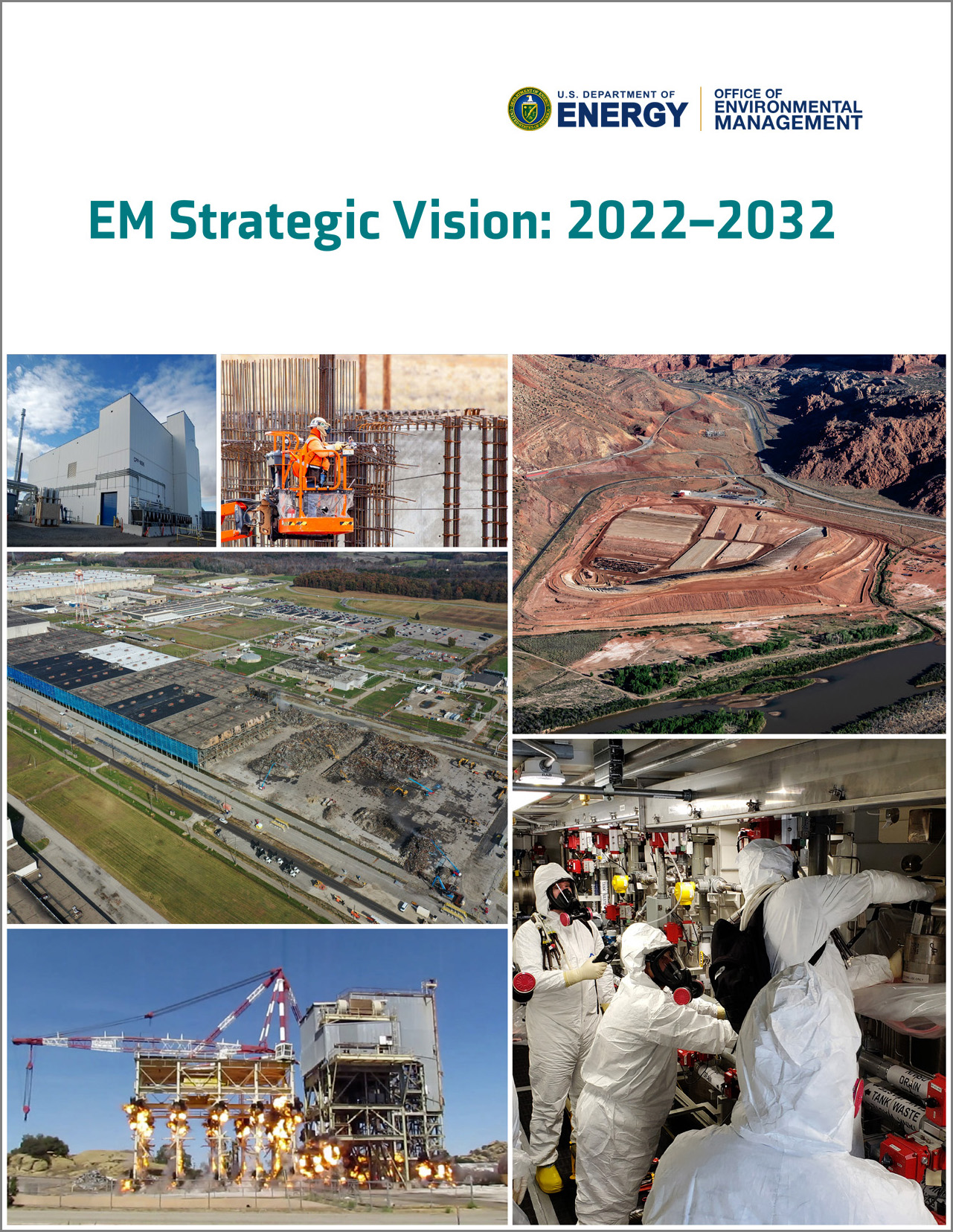 The Department of Energy’s Office of Environmental Management (EM) has issued EM Strategic Vision 2022-2032, a blueprint for planned nuclear-related cleanup efforts over the next decade. The document outlines environmental cleanup priorities for 2022–2032, focusing on safety, innovation, and improved performance.
The Department of Energy’s Office of Environmental Management (EM) has issued EM Strategic Vision 2022-2032, a blueprint for planned nuclear-related cleanup efforts over the next decade. The document outlines environmental cleanup priorities for 2022–2032, focusing on safety, innovation, and improved performance.

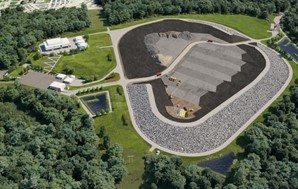
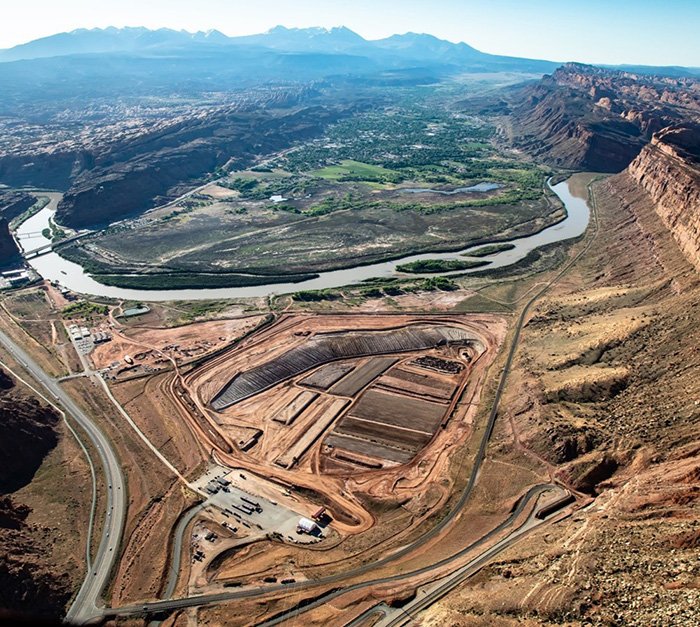
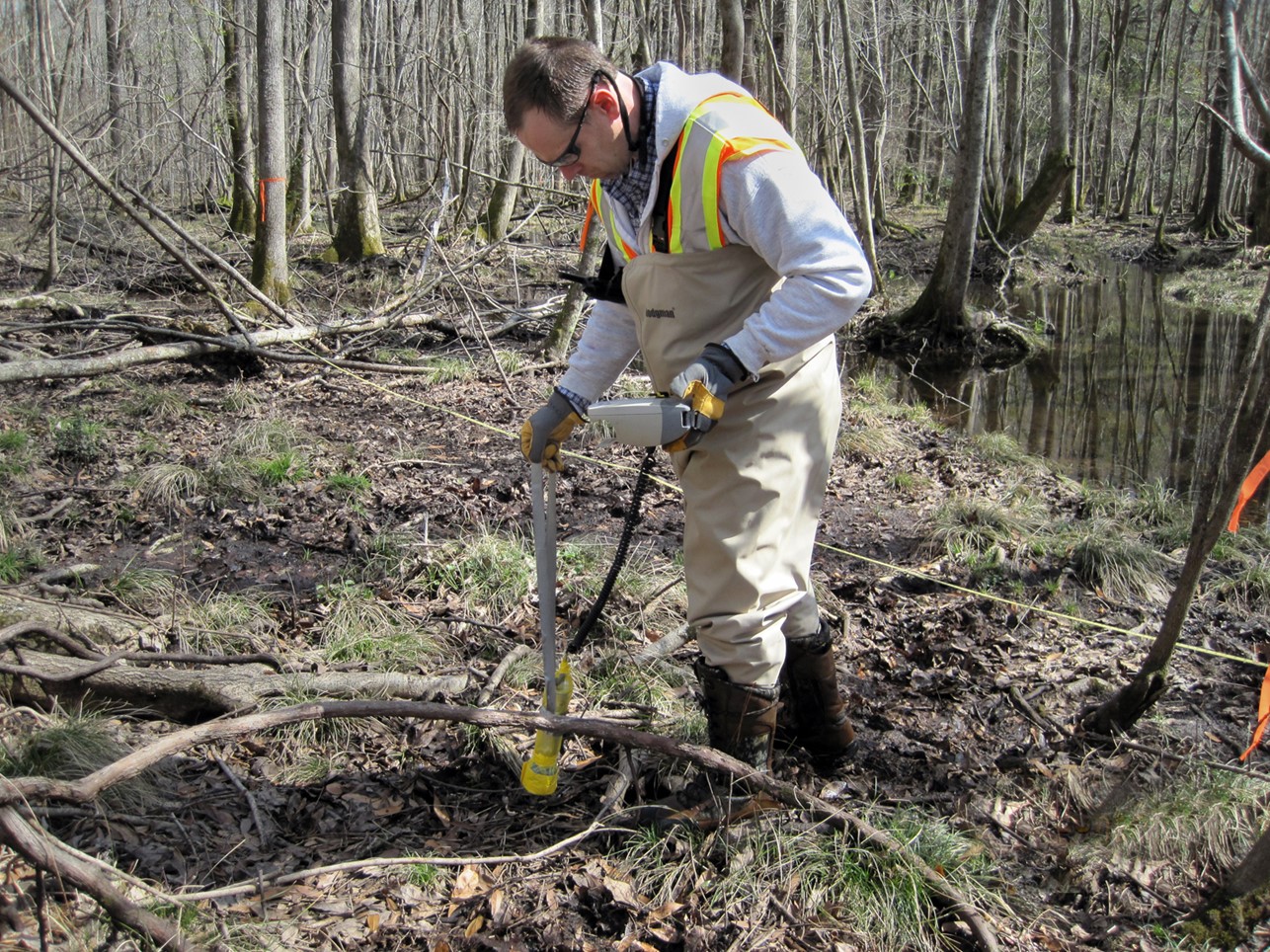
 The Department of Energy’s Office of Environmental Management (EM) has established its key priorities for calendar year 2022, covering planned cleanup, project construction, acquisition, and other important accomplishments to advance the office’s environmental and risk-reduction mission. EM is responsible for handling the nation’s Cold War environmental legacy resulting from five decades of nuclear weapons production and government-sponsored nuclear energy research.
The Department of Energy’s Office of Environmental Management (EM) has established its key priorities for calendar year 2022, covering planned cleanup, project construction, acquisition, and other important accomplishments to advance the office’s environmental and risk-reduction mission. EM is responsible for handling the nation’s Cold War environmental legacy resulting from five decades of nuclear weapons production and government-sponsored nuclear energy research.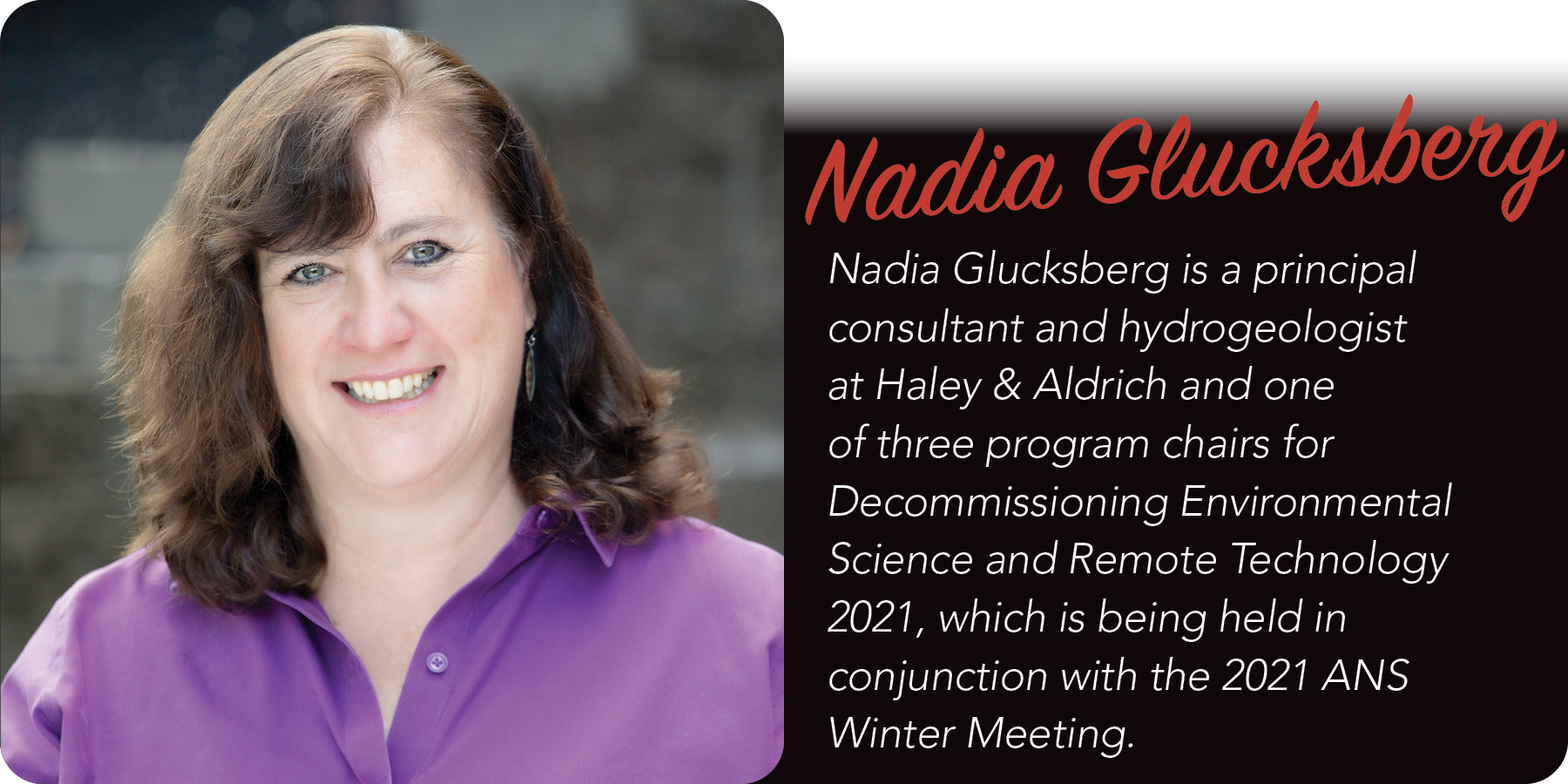
 and Andrew Thompson.jpg)
